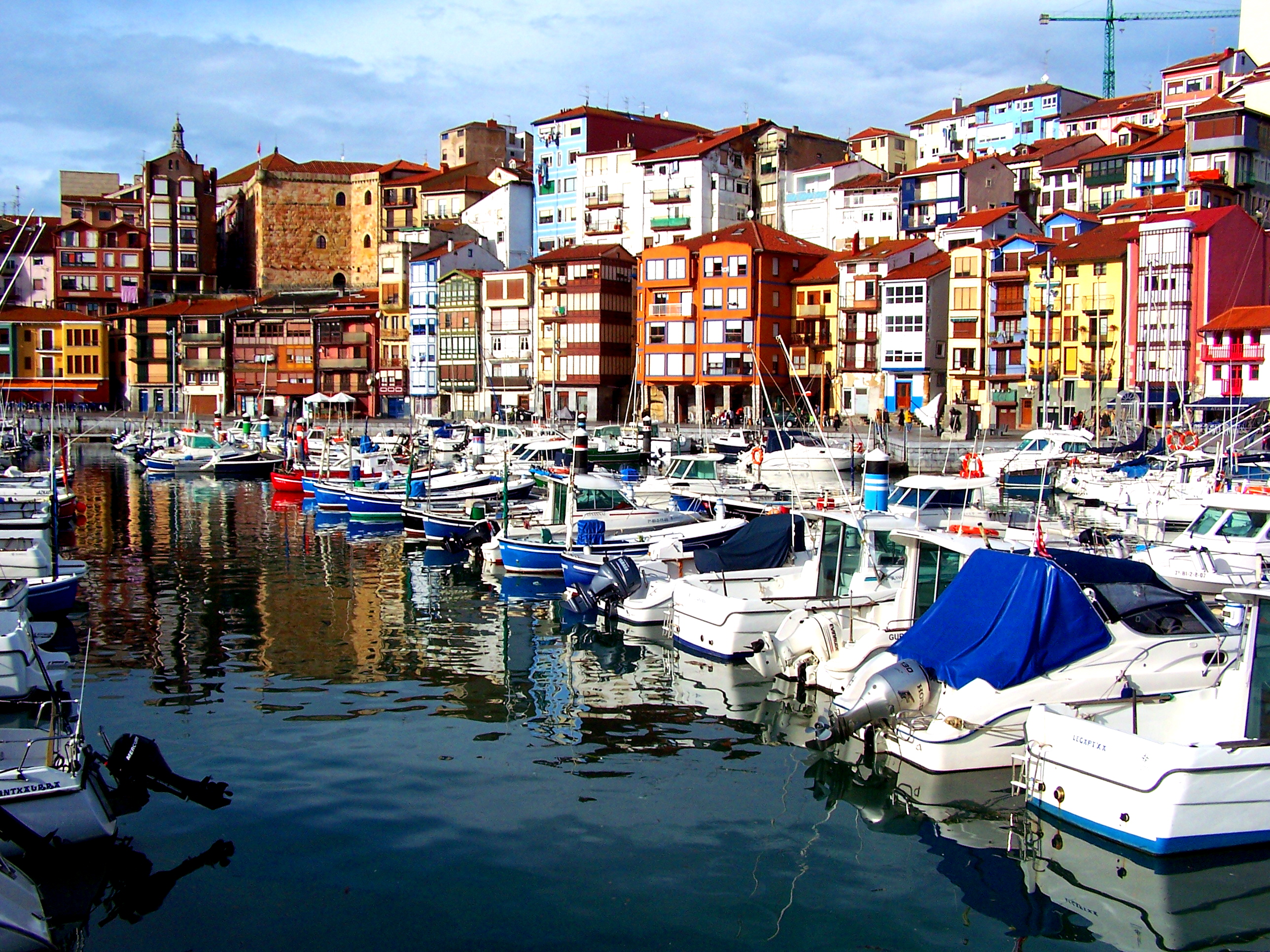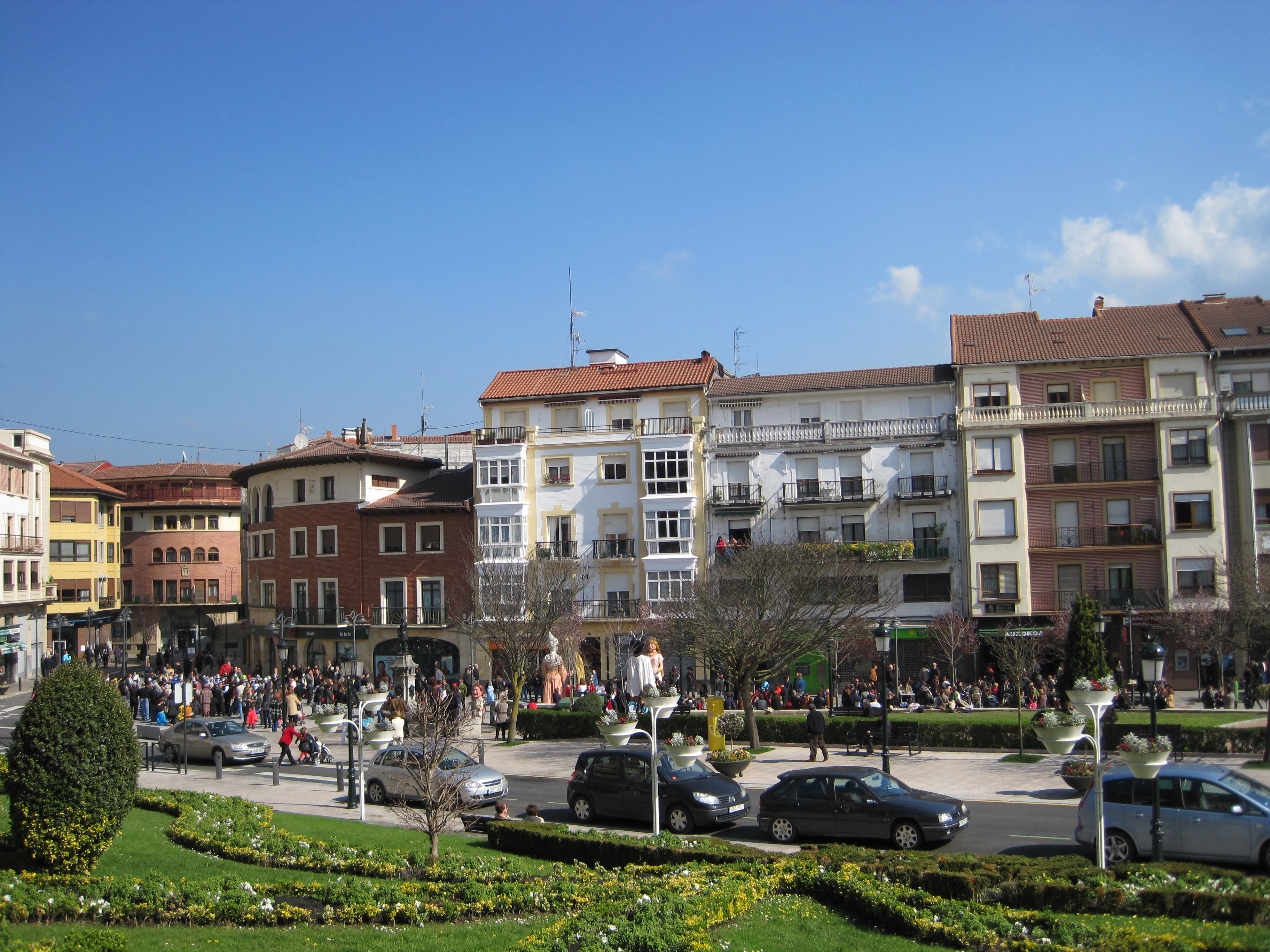Basque ethnography at a glance

Fishing city of Bermeo. Labayru Fundazioa Photographic Archive.
In the old days (and currently to a lesser extent) small-city dwellers provided assistance to each other. Prevailing low-rise housing blocks accommodated barely a handful of residents, and the lack of a lift and a parking garage in the building made transit up and down the stairs compulsory and constant, and therefore, ensured closer and regular contact.
Added to that, families hardly ever changed their place of residence, and there was almost always someone in the house, be it the grandparents or the housewife. The keys were left in the outside lock, so neighbours would just ring the bell and get in. All community members knew their neighbours’ relatives and acquaintances. Children of the same age often attended the same school, state or private, and occasionally helped each other with homework.
Should, as a result of poor planning or because it was late and shops were closed, a family be in urgent need of any little thing, they turned to the neighbour next door or whoever they had daily dealings with for a quick fix of eggs, bread or else. Grocery stores, bakeries along with other businesses sold on credit and kept records of the accumulated debt until their clients could settle it at the end of the month or as soon as they received their wages.

City of Gernika-Lumo. Segundo Oar-Arteta. Labayru Fundazioa Photographic Archive.
Not to mention the solidarity emerged whenever illness or death struck, in which case the affected house would be assisted and comforted by their neighbours.
Students willing to pursue further studies often had to leave the city and enrol at a boarding school. This move would many a time have a pull effect on fellow peers following suit. What is more, older boarders protected the younger from unpleasant initiation rites or potential bulling by third parties. This was also the case with regard to specialised medical care: the consulting rooms of doctors in the capital were widely visited by patients from the same village, mostly due to word of mouth recommendations.
City streets clustered into neighbourhoods where organised bunches of youth headed out in search of adventures commanded by leaders who shielded their subordinates from rival groups. It was in the neighbourhoods that ritual bonfires were built and burnt on St John’s Night, carnival celebrated and St Agatha’s Day choirs arranged, Christmas wassailing conducted, and other traditions observed.
When a family moved to an urban location or a larger city, it was quite likely other families experiencing such a challenge would proceed in the footsteps of the forerunners and establish themselves in the same enclave. Although at a lower scale, and as happened with chain migration to America, moving households set out on the trail of pioneer fellow citizens.
This reflection could be extended to a great many spheres of life and further expanded, with the necessary nuances, to both the rural world and big cities. Properly speaking, this is what social networking is all about.
Segundo Oar-Arteta – Etniker Bizkaia – Etniker Euskalerria Groups
Translated by Jaione Bilbao – Language Department – Labayru Fundazioa

